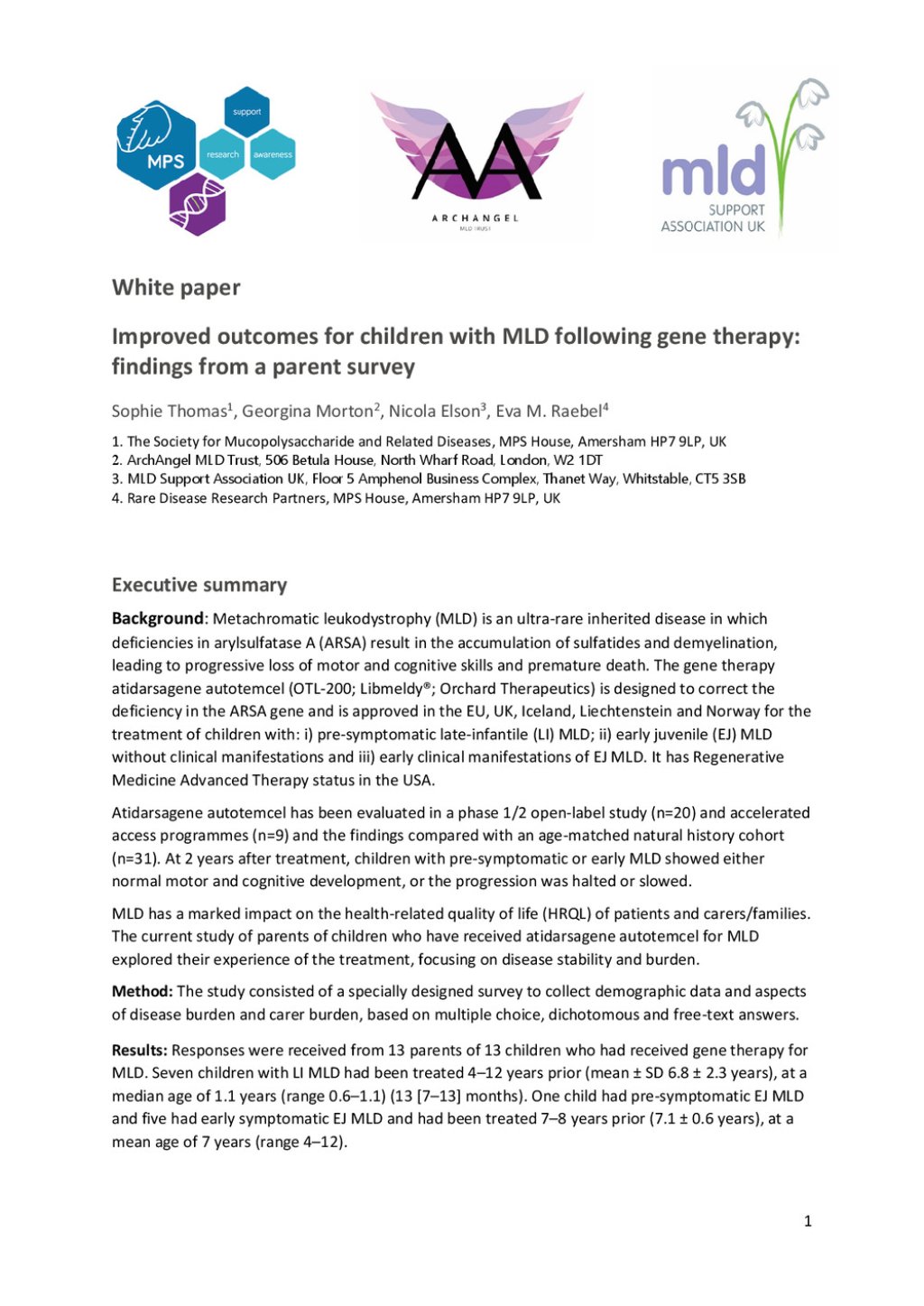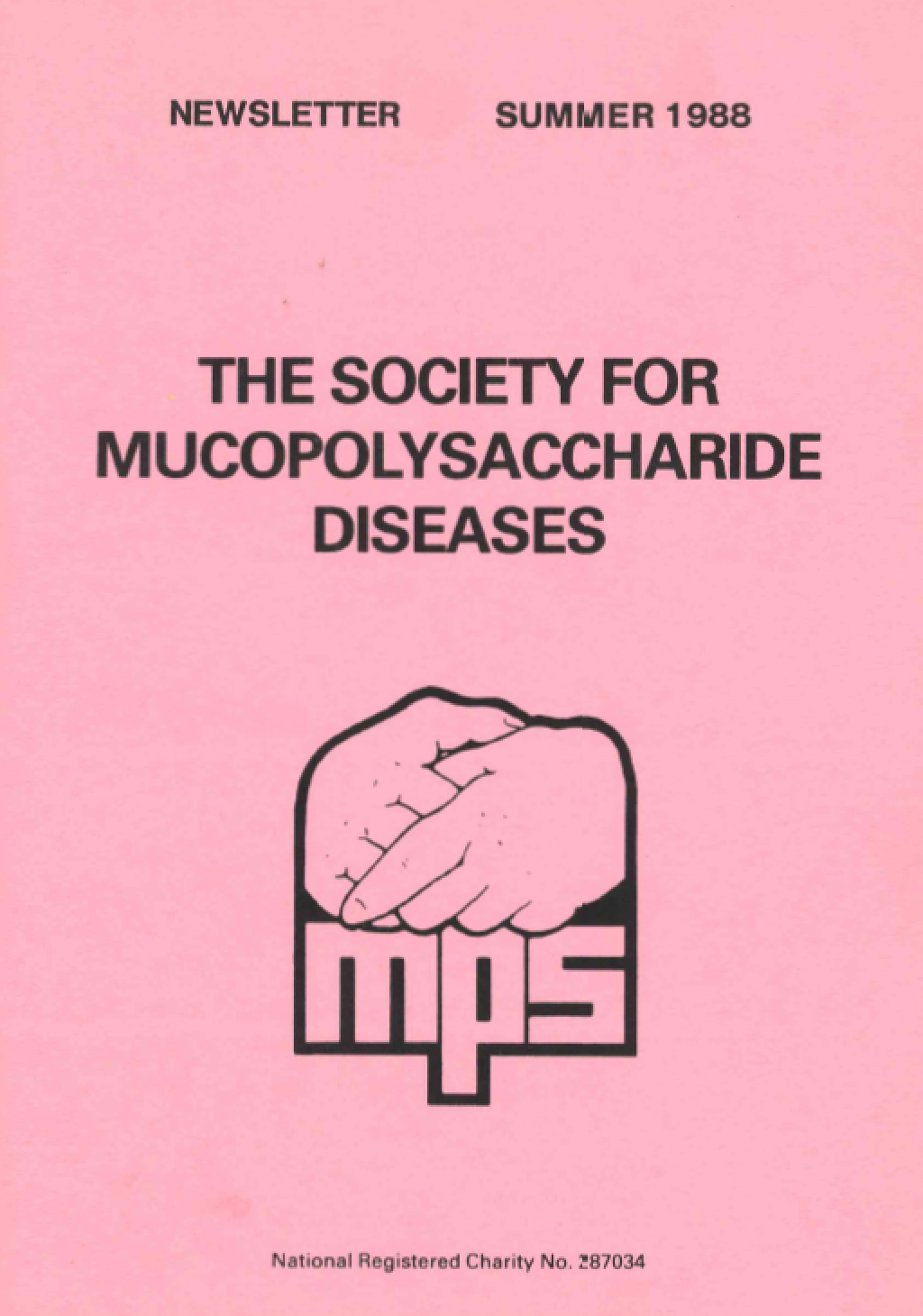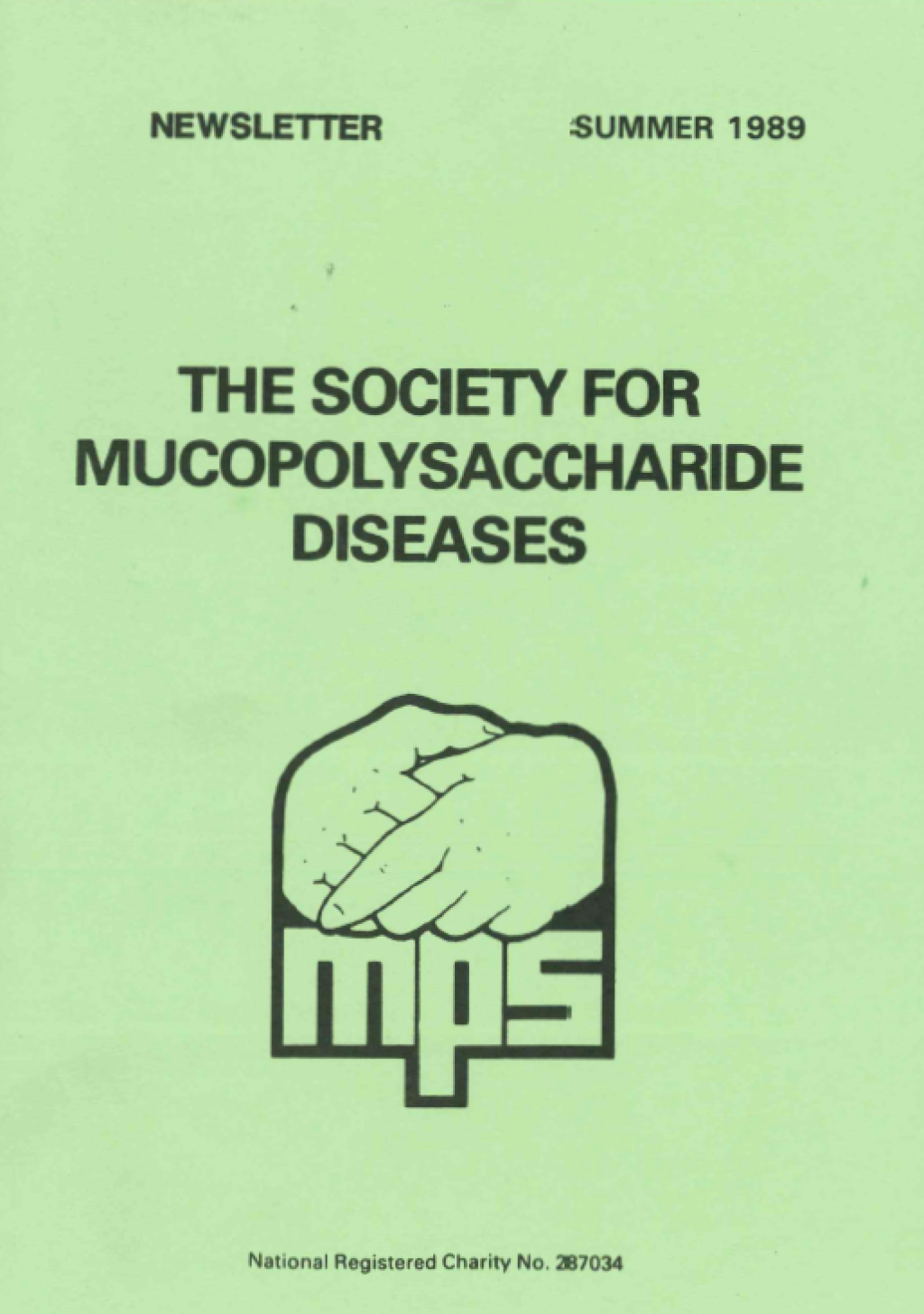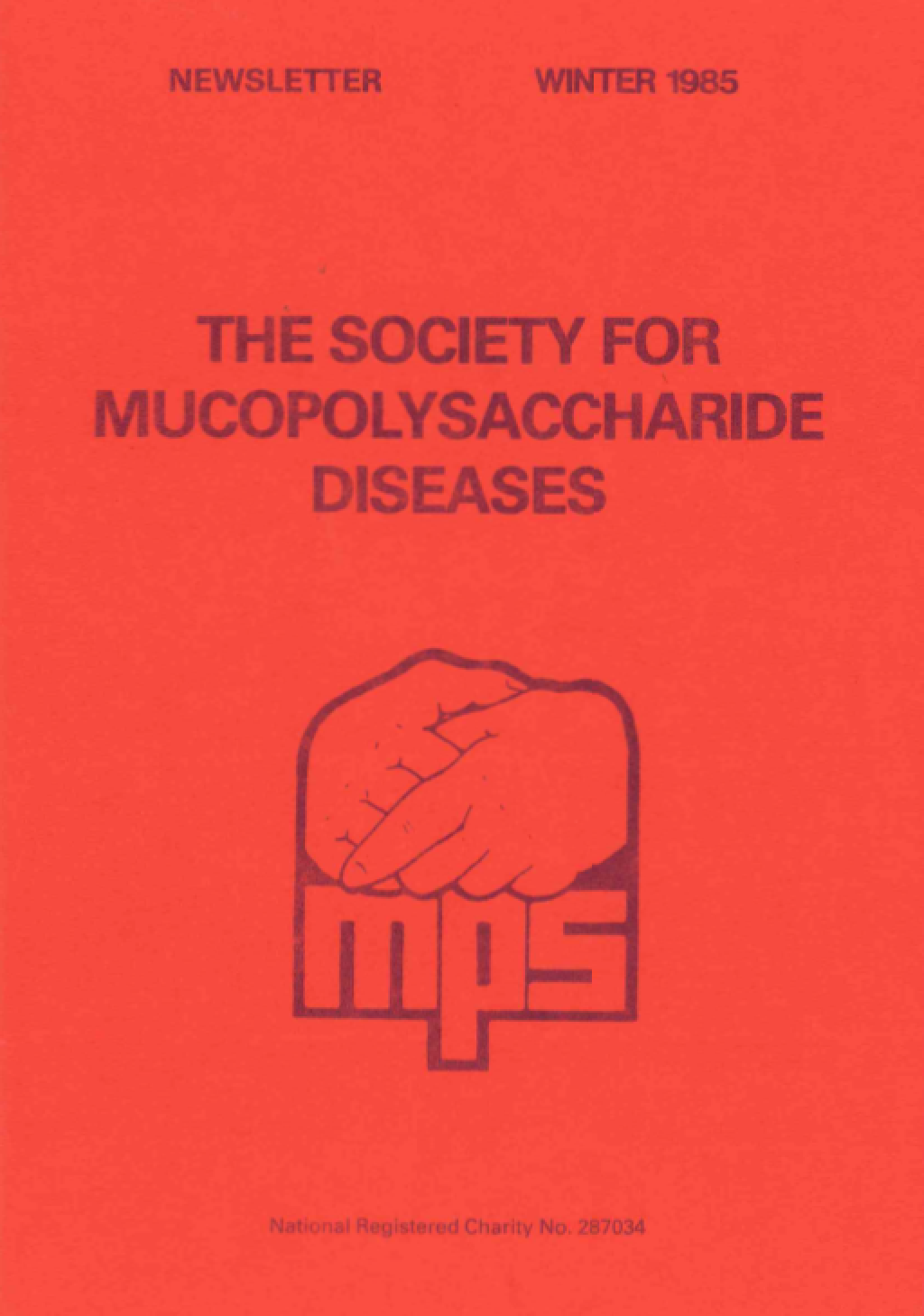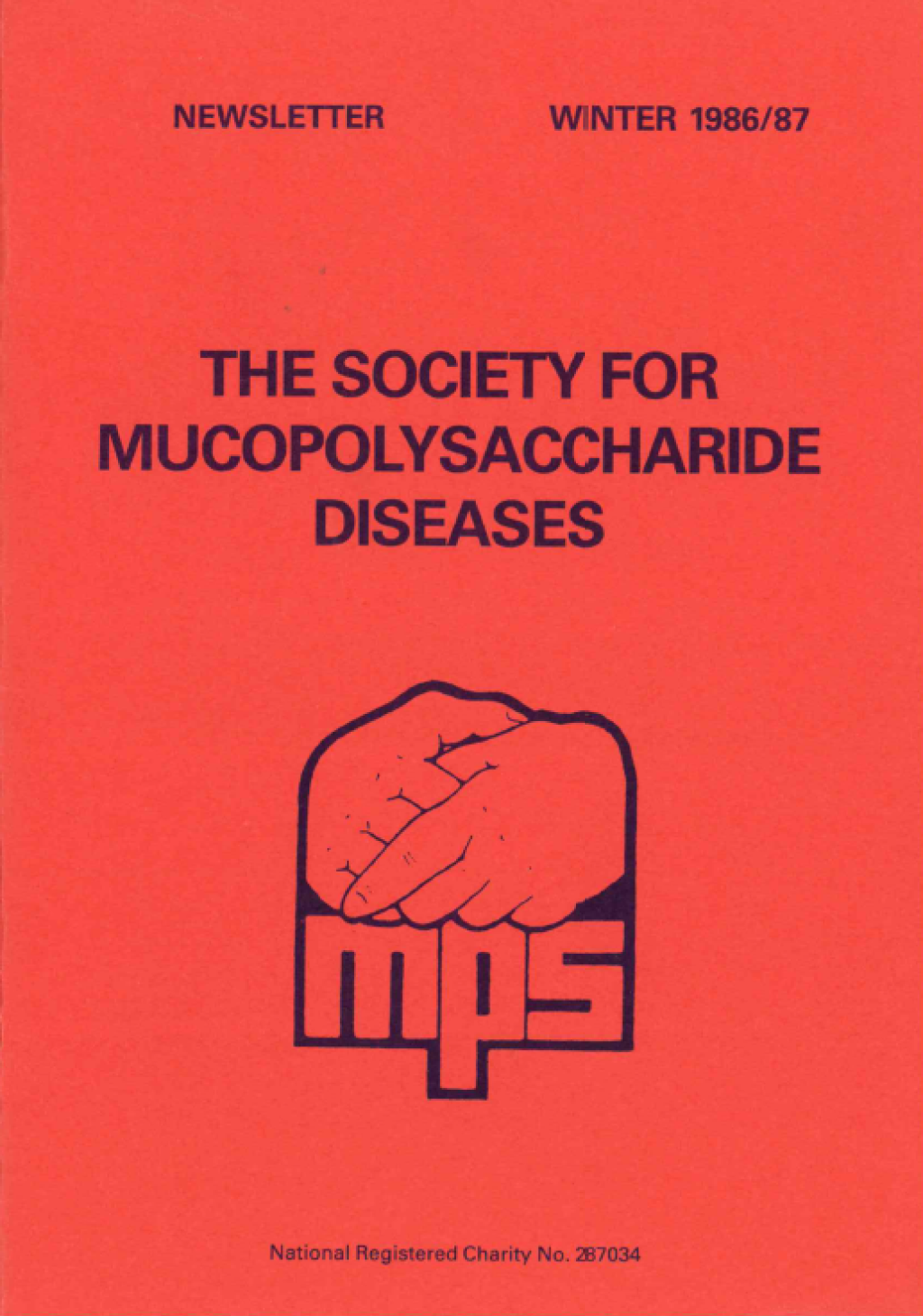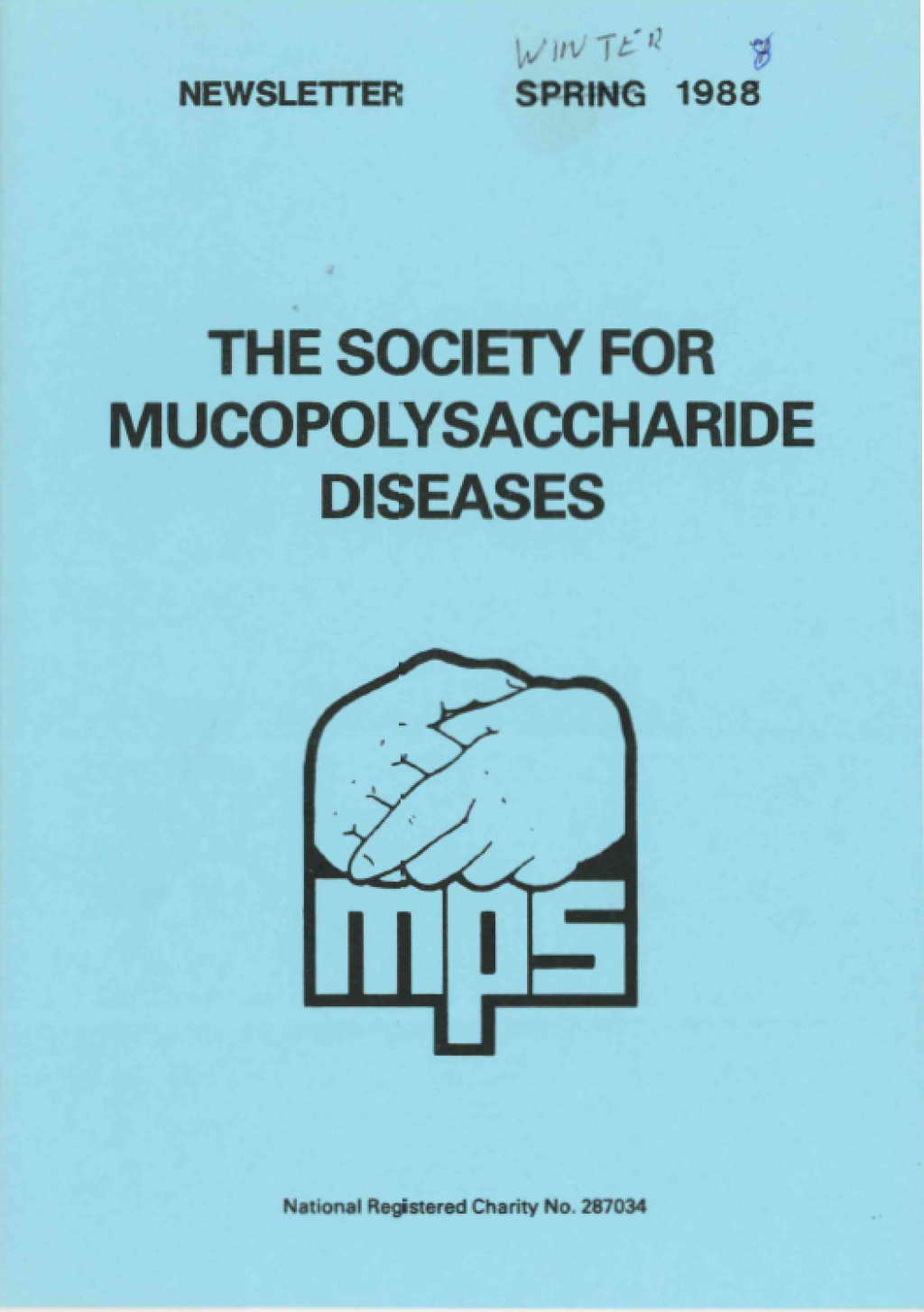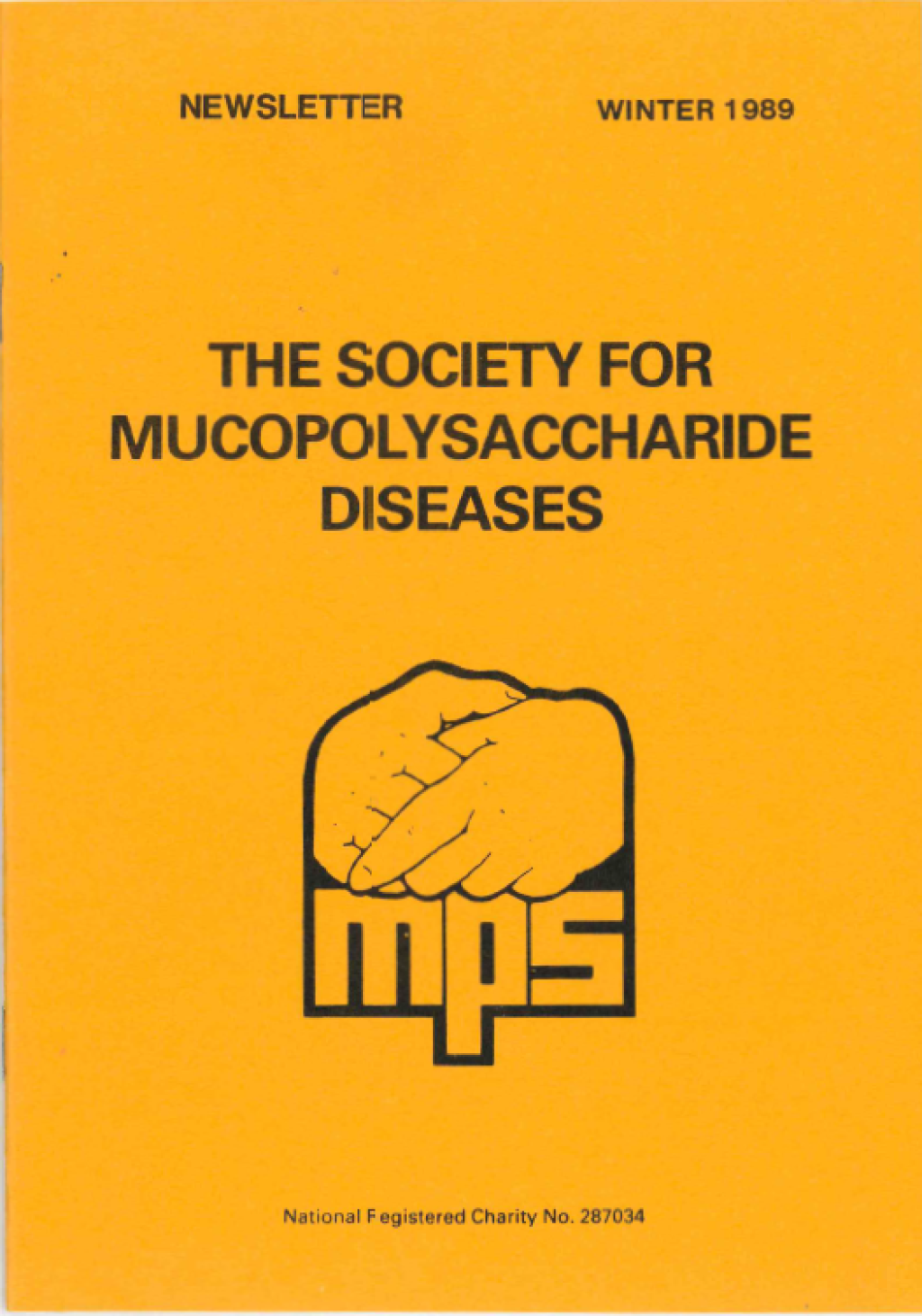Improved outcomes for children with MLD following gene therapy: findings from a parent survey
Sophie Thomas(1), Georgina Morton(2), Nicola Elson(3), Eva M. Raebel(4)
1. The Society for Mucopolysaccharide and Related Diseases, MPS House, Amersham HP7 9LP, UK
2. ArchAngel MLD Trust, 506 Betula House, North Wharf Road, London, W2 1DT
3. MLD Support Association UK, Floor 5 Amphenol Business Complex, Thanet Way, Whitstable, CT5 3SB
4. Rare Disease Research Partners, MPS House, Amersham HP7 9LP, UK; m.yaqub@rd-rp.com
Executive summary
Background
Metachromatic leukodystrophy (MLD) is an ultra-rare inherited disease in which deficiencies in arylsulfatase A (ARSA) result in the accumulation of sulfatides and demyelination, leading to progressive loss of motor and cognitive skills and premature death. The gene therapy atidarsagene autotemcel (OTL-200; Libmeldy®; Orchard Therapeutics) is designed to correct the deficiency in the ARSA gene and is approved in the EU, UK, Iceland, Liechtenstein and Norway for the treatment of children with: i) pre-symptomatic late-infantile (LI) MLD; ii) early juvenile (EJ) MLD without clinical manifestations and iii) early clinical manifestations of EJ MLD. It has Regenerative Medicine Advanced Therapy status in the USA.
Atidarsagene autotemcel has been evaluated in a phase 1/2 open-label study (n=20) and accelerated access programmes (n=9) and the findings compared with an age-matched natural history cohort (n=31). At 2 years after treatment, children with pre-symptomatic or early MLD showed either normal motor and cognitive development, or the progression was halted or slowed.
MLD has a marked impact on the health-related quality of life (HRQL) of patients and carers/families. The current study of parents of children who have received atidarsagene autotemcel for MLD explored their experience of the treatment, focusing on disease stability and burden.
Method
The study consisted of a specially designed survey to collect demographic data and aspects of disease burden and carer burden, based on multiple choice, dichotomous and free-text answers.
Results: Responses were received from 13 parents of 13 children who had received gene therapy for MLD. Seven children with LI MLD had been treated 4–12 years prior (mean ± SD 6.8 ± 2.3 years), at a median age of 1.1 years (range 0.6–1.1) (13 [7–13] months). One child had pre-symptomatic EJ MLD and five had early symptomatic EJ MLD and had been treated 7–8 years prior (7.1 ± 0.6 years), at a mean age of 7 years (range 4–12).
None of the seven children with LI MLD had visible symptoms before treatment and four showed no symptom progression during or after treatment and none showing progression once treatment was established. At the time of the survey, three had age-normal mobility, and six could move independently with no aid or support. All seven were in full-time mainstream school without additional support and were considered by their parents to be working towards their expected cognitive level. Only two had any problems with understanding and speech. Children took part in a full range of physical and non-physical activities without difficulty. All seven were independent in self-care. None had pain or discomfort or any symptoms.
The five children with early symptomatic EJ MLD had mobility impairments before treatment. Some had symptom progression during or after treatment, but symptoms stabilised in most. Most of the children with symptomatic EJ MLD had some locomotion at the time of the survey, with two able to move independently with no aid or support. Three children were in full-time mainstream school without support, with all working at their expected levels, and did not have problems with understanding or speech. Two children could participate fully in physical and non-physical activities, and the other four with some support. Four children could manage self-care independently with little or no help. Three children experienced some pain and discomfort, but this was not severe. All except one child had few other symptoms, and none severe.
Six parents of children with LI MLD reported no limitations in their daily lives because of their treated child, and no physical or mental health problems. Four of five parents with EJ MLD reported some limitations, but few reported mental or physical health problems.
All nine parents who had a treated and non-treated child with MLD perceived that their treated child had good quality of life compared with the non-treated child. Parents personal statements included stark contrasts between the happy active lives of treated children and the inexorable decline of untreated children with MLD and described benefits of treatment for the whole family and hopes for the future.
Conclusions
This survey describes positive effects of gene therapy across all aspects of children’s lives beyond clinical measures, including education, physical and non-physical activities, self-care and quality of life.
Whilst MLD has been reported to have a marked effect on the quality of life of carers and families, the surveyed parents of children with LI MLD reported little burden following gene therapy, even several years later, consistent with the broad benefits reported in their children.
Parents reported children with EJ MLD were at their expected cognitive levels or still improving in understanding and speech and, although they had some limitations, all children were able to participate in regular physical and/or non-physical activities.
